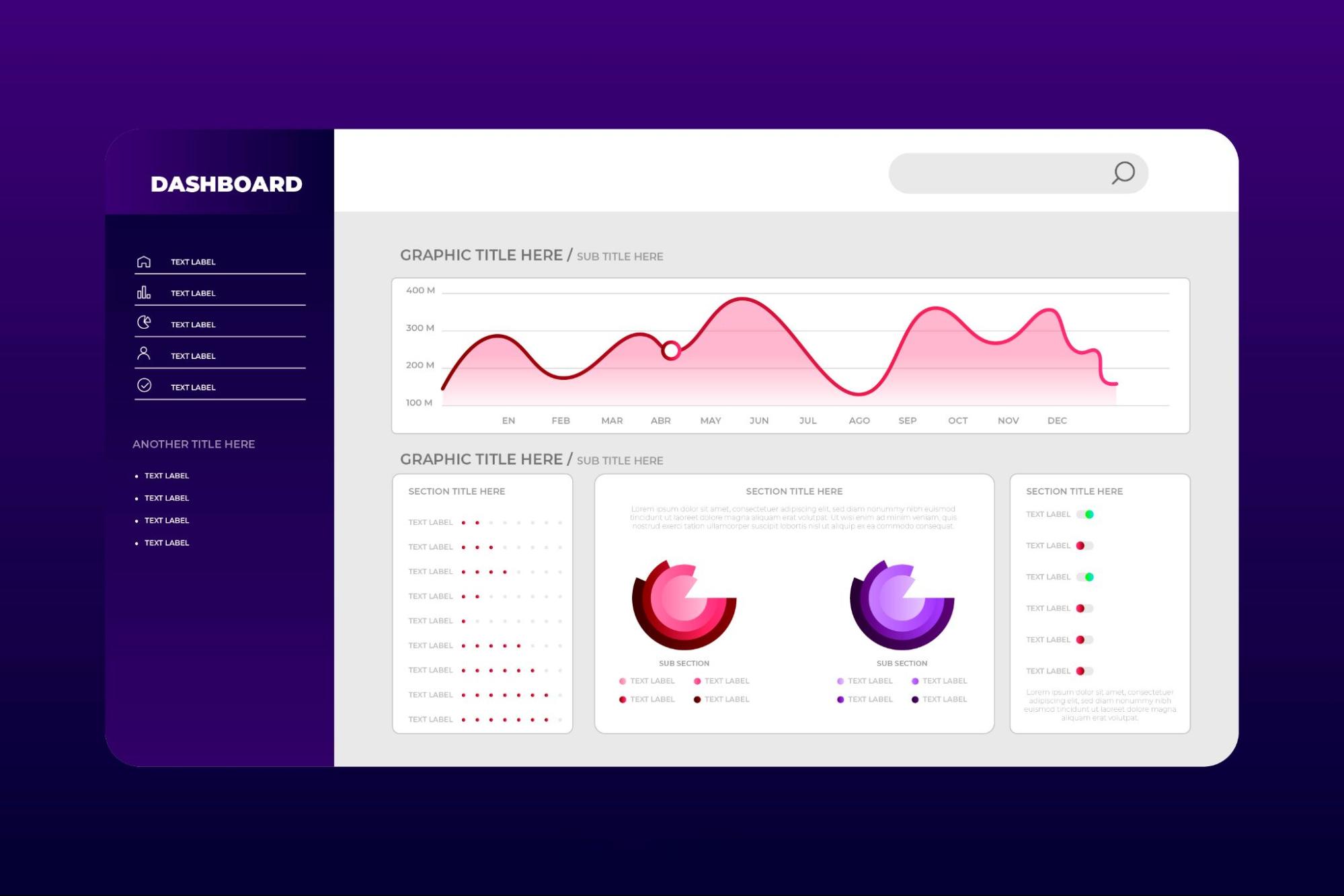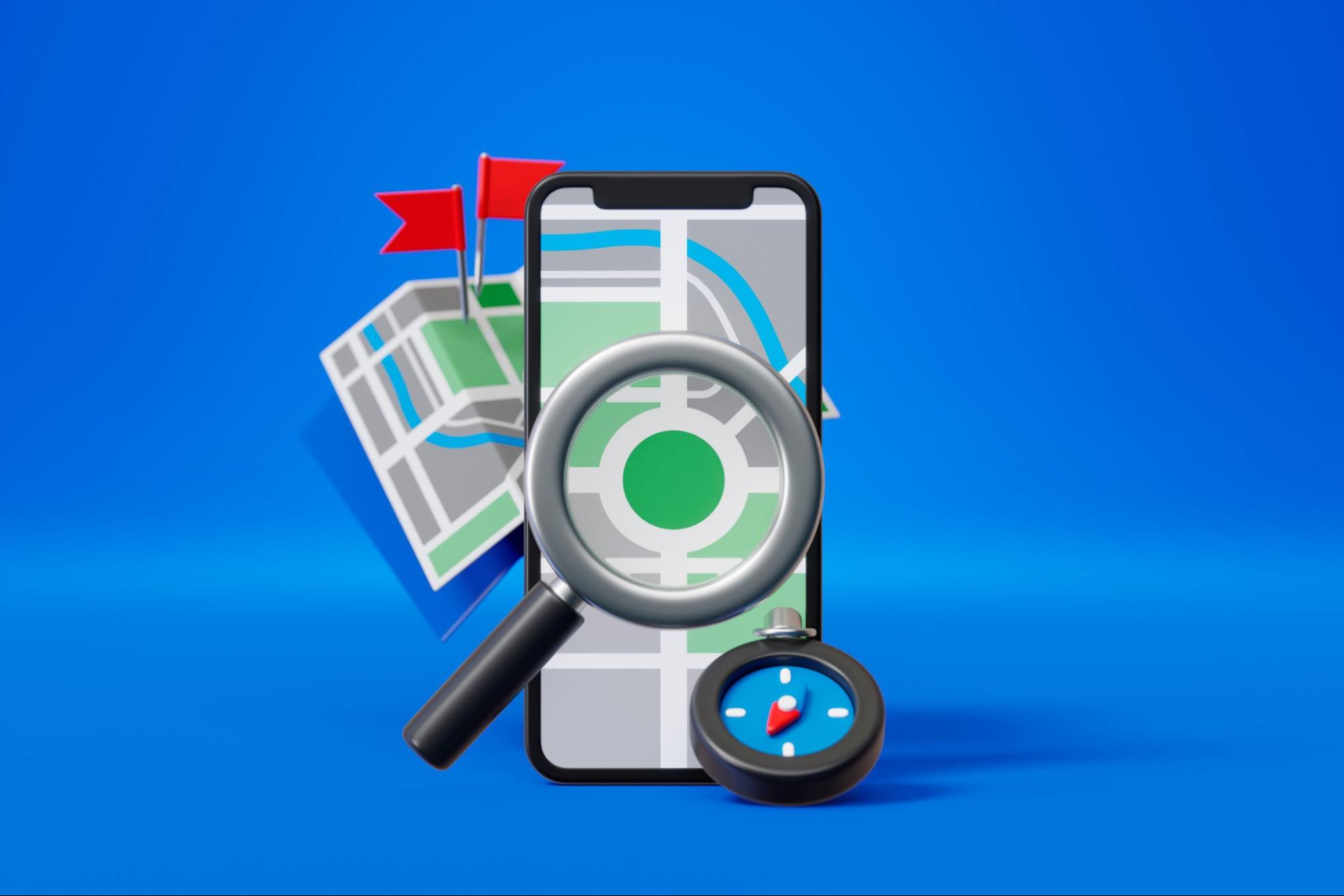In today’s digital landscape, simply being listed online isn’t enough. Your business needs to be visible, trusted, and chosen. For local businesses, the difference between thriving and surviving often comes down to how well they perform in local search results.
Local SEO KPIs are the metrics that help you measure how well your local search strategy is working.
They offer insight into how often your business appears in local searches, how users interact with your listing, and most importantly, whether those interactions lead to real-world results like phone calls, bookings, or store visits.
From Google Business Profile views to online review growth, these KPIs let you track what matters most and make data-driven decisions to improve visibility and ROI.
In this article, we’ll break down the most important local SEO KPIs you should be monitoring along with examples, tools, and tips to help you act on the data effectively.
Local SEO KPIs: Tools & Tips for Smarter Local Wins

Tracking the right local SEO KPIs (Key Performance Indicators) is essential for understanding how well your strategies are working and where to make improvements. These metrics give insights into visibility, engagement, and real-world results, helping you measure ROI effectively.
Below are the most critical KPIs for local SEO, along with examples to show how they impact your business.
Google Business Profile Metrics
Your Google Business Profile (GBP) is the centerpiece of local SEO. Monitoring its performance helps you understand how customers find and engage with your business.
- Profile views on search and maps: Shows how often your listing appears. For example, if your bakery gets 5,000 map views a month, it indicates strong local search visibility.
- Clicks for calls, website, and directions: Reveals how many users take action. A restaurant might see 300 clicks for directions during weekends, showing peak customer interest.
- Popular keywords triggering the profile: Identifies what search terms bring traffic. If “best dental clinic near me” drives the most impressions, you can optimize content around that term.
Local Rankings
Ranking well ensures customers near you see your business. These KPIs reflect your visibility in both map and organic results.
- Map Pack rankings: Being in the top 3 is critical since most local clicks happen there. For example, a plumber appearing consistently in the Map Pack will see higher call volumes.
- Organic local search positions: Shows how well you rank outside the Map Pack, such as for blog content or service pages.
- Geo-grid visibility: Tracks performance across different neighborhoods. A coffee shop can see if it ranks #1 within a 3-mile radius but drops to #5 in further areas, indicating where to improve.
Website Traffic Metrics

Your website supports local SEO by attracting and converting visitors. Monitoring traffic helps you understand user engagement and content effectiveness.
- Organic sessions from local searches: Measures how many users arrive via local queries. A landscaping company may notice increased sessions after optimizing city-specific pages.
- Click-through rate (CTR) for location pages: Shows how compelling your listings are. If a spa’s CTR jumps after adding better meta descriptions, it proves the content resonates.
- Bounce rate and session duration for local pages: Reflects content relevance. A low bounce rate and longer session times on a “services near me” page mean users find what they need.
Conversion KPIs
Conversions show whether your SEO brings real business results. These KPIs directly connect rankings to revenue.
- Phone calls and contact form submissions: Direct leads from local users. For example, a law firm can track calls originating from Google Search to measure campaign success.
- Appointment bookings or store visits: Analytics can track in-person engagement, such as a clinic logging 50 online bookings a month via GBP.
- Goal completions linked to local campaigns: Helps measure ROI for specific strategies like a seasonal offer promoted in your service area.
Review and Reputation Metrics
Your online reputation influences rankings and customer trust. Monitoring these KPIs ensures you maintain a strong brand image.
- Number of new reviews: Indicates growth in customer feedback. For example, getting 20 new reviews after a campaign shows increased engagement.
- Average star rating and sentiment analysis: Reflects overall brand perception. A steady 4.8-star rating signals intense customer satisfaction.
- Response rate to reviews: Shows your engagement level. Quick responses to both positive and negative feedback can improve customer trust and visibility.
Local Citation Health
Citations (business listings across directories) help search engines verify your details. Maintaining accuracy is vital.
- Consistency of NAP (Name, Address, Phone): Inconsistent details can hurt rankings. For example, mismatched phone numbers across listings can confuse Google and customers.
- Number of citations created or updated: More accurate citations strengthen local authority. A clinic adding itself to trusted directories can see ranking improvements.
- Duplicate or incorrect listing cleanup rate: Removing outdated listings ensures search engines trust your business information.
Backlink and Local Authority KPIs
Local backlinks signal authority and improve search visibility. Tracking these KPIs shows how your link profile grows.
- Local referring domains and backlinks: Links from local sites build trust. For example, a mention in a city blog can boost rankings.
- Authority score of local links: Quality matters more than quantity; a link from a local news site carries more weight than a random directory.
- Mentions in local media or blogs: Increases brand awareness and signals relevance to your community.
Engagement Metrics
Engagement shows how connected you are to your local audience.
- Social interactions on local content: High shares or comments on locally focused posts show strong community interest.
- Community engagement or local brand mentions: Being featured in community discussions or local events builds trust and visibility.
Tools for Tracking Local SEO KPIs

The right tools make KPI tracking easier and more accurate.
- Google Business Profile Insights: Tracks listing performance, including views and actions.
- Google Analytics & Search Console: Measures website traffic, conversions, and keyword data.
- BrightLocal, Whitespark, Local Falcon: Help monitor rankings, citations, and map visibility.
- Review management platforms: Track, collect, and respond to reviews efficiently.
Analyzing and Adjusting Based on KPIs
Collecting data is only useful if you act on it.
- Identify underperforming metrics: If CTR is low on a location page, update titles and descriptions.
- Refine strategies based on trends: A steady drop in map rankings may indicate stronger competition or outdated information.
- Use KPI trends to measure ROI: Track changes in calls, bookings, and traffic to evaluate long-term growth.
Conclusion
Understanding and tracking local SEO KPIs isn't just a nice-to-have, it's a must if you want to stay competitive in your area.
From monitoring Google Business Profile activity to analyzing backlinks and engagement, each KPI offers a window into how your local audience finds, trusts, and interacts with your business.
When you pay close attention to these signals, you can fine-tune your strategy, attract more customers, and measure what truly moves the needle.
Whether you're a clinic, a cafe, or a service provider, knowing your performance metrics empowers you to grow smarter, not just faster. Local SEO success doesn’t happen by accident it’s built through informed, consistent action.
Frequently Asked Questions (FAQs)
A KPI is a key performance indicator tied to business goals, while a metric is general data. For example, total impressions are a metric, while phone calls from local searches are a KPI.
Most KPI shifts, like rankings or traffic, take 4 -12 weeks, depending on competition and updates made to your profile or website.
Yes. Service-based businesses may focus more on calls and bookings, while retail stores often prioritize directions and in-person visits as KPIs.
Absolutely. Each location has unique competition and search visibility, so monitoring KPIs per location gives more accurate insights.
Indirectly, yes. Strong local engagement on social platforms can drive traffic and brand mentions, which support local SEO performance.
Seasonal businesses should compare KPI trends year-over-year and focus on metrics like bookings or calls during peak months.
Not directly, but tracking conversions and engagement from hybrid campaigns (SEO + ads) can help measure overall local visibility and ROI.

